From smarter task routing to real-time multimodal inference, modern automation systems depend on raw compute and carefully engineered orchestration. This article explains how NVIDIA AI hardware accelerators fit into practical AI automation systems and platforms: what they enable for beginners, how engineers should design around them, and what product teams must evaluate to realize ROI.
Why hardware matters for automation — a simple story
Imagine a regional logistics company that wants to automate dispatching. A basic rules engine might assign drivers by proximity. But when the company adds real-time demand prediction, camera-based damage detection, and dynamic rerouting that considers traffic, weather, and driver behavior, CPU-bound services start to lag. Latency spikes, model accuracy drops, and the user experience suffers.

Specialized accelerators remove that bottleneck. NVIDIA AI hardware accelerators provide parallel compute, dedicated tensor cores, and software ecosystems that let teams run large models and parallel optimization routines—turning slow, brittle automation into responsive, intelligent systems.
Beginner’s guide: What are these accelerators and why they matter
At a high level, NVIDIA AI hardware accelerators are GPUs and related systems built to perform the matrix math and parallel operations that machine learning models need. Think of them like high-performance engines: where a general-purpose CPU is a sedan, an accelerator is a truck built to haul heavy payloads fast.
- Speed: Large neural networks that would take minutes per inference on CPU can run in milliseconds on accelerators.
- Parallelism: Many model inference or optimization tasks can run simultaneously, increasing throughput for bulk workloads.
- Ecosystem: NVIDIA provides runtime software (Triton, CUDA, TensorRT), prebuilt containers, and optimized frameworks that simplify servicing models at scale.
For non-technical stakeholders, the practical outcome is straightforward: faster decisions, richer models in production, and new automation capabilities (like real-time video analysis or large language model orchestration) that simply aren’t viable on CPU-only infrastructure.
Architectural patterns for engineering teams
When you decide to integrate accelerators into automation, the architecture choices shape cost, flexibility, and reliability. Below are patterns and trade-offs commonly seen in production.
1) Central inference cluster vs. edge-accelerated nodes
Central clusters pool accelerators in a data center or cloud region. This maximizes utilization and simplifies upgrades. Edge nodes place smaller accelerators nearer to data sources for lower latency and reduced egress costs. Use cases like video inference at factories often benefit from edge GPUs, while batched analytics and model training are Cloud/cluster friendly.
2) Synchronous APIs vs. event-driven automation
Synchronous, low-latency APIs are necessary for interactive features—chatbots, real-time routing, or live QA—where you need tail latency (p99) under strict SLOs. Event-driven pipelines are better for background tasks, retries, and long-running optimization (for example, running many variants of a policy overnight). The best platforms support both: Triton or gRPC endpoints for sync inference and message-based processing (Kafka, Pulsar) for async workflows.
3) Monolithic agents vs. modular pipelines
Monolithic agent systems pack perception, planning, and decision-making into a single service. They simplify deployment but are hard to scale or debug. Modular pipelines split tasks into discrete services—vision model, planner, optimization engine—with well-defined contracts. Modular design pairs well with orchestration layers like Kubernetes, Ray, or Flyte and lets teams scale parts independently (e.g., more accelerators for vision models, fewer for planners).
Integrating optimization methods like Particle swarm optimization (PSO)
Optimization routines are a common need in automation—routing, scheduling, hyperparameter tuning, and resource allocation. Particle swarm optimization (PSO) is a population-based method that explores many candidate solutions in parallel. PSO maps neatly to GPU acceleration because each particle’s evaluation is often independent and massively parallelizable.
Practical patterns:
- Parallel evaluation: Run hundreds or thousands of particles on GPU clusters using task schedulers that allocate GPU memory and compute efficiently.
- Hybrid CPU-GPU pipelines: Use CPU workers to orchestrate swarm updates and GPUs to evaluate the heavy fitness function (e.g., simulated environments or large neural policies).
- Frameworks: Ray or Dask can manage distributed PSO workloads while leveraging NVIDIA libraries for acceleration. The tight integration reduces wall-clock optimization time and enables more iterations in production windows.
Model serving & inference platforms — design and trade-offs
Engineers must decide how to present models as services. Two popular approaches are model servers and model-as-container deployments.
- Model servers (Triton, KServe): They standardize APIs, support multiple frameworks, and offer batching, dynamic batching, and model versioning. They integrate with metrics exporters and GPU health tools, simplifying observability.
- Containerized microservices: Each service packages a model and its runtime, enabling custom preprocessing or data pipelines but increasing operational overhead.
Trade-offs include latency (native servers with optimized backends tend to have lower latency), operational complexity (more microservices means more pipelines to maintain), and hardware utilization (batching can boost throughput but increases latency jitter).
Deployment, scaling, and observability
Key operational signals for accelerator-backed automation:
- Latency percentiles (p50, p95, p99) per model and per API endpoint.
- GPU utilization and memory pressure; track MIG partitions if used.
- Throughput (requests/sec or frames/sec) and batch sizes feeding into performance regressions.
- Queue lengths for asynchronous work and retry rates for failed model evaluations.
Tools and best practices:
- Prometheus + Grafana for metrics, NVIDIA DCGM exporter for GPU telemetry, and OpenTelemetry for tracing across services.
- Automated canary rollouts with traffic shaping to observe model performance under partial load.
- Capacity planning that accounts for peak concurrency, not just average load—compute cost and energy scale quickly with accelerators.
Security, governance, and regulatory considerations
Accelerators don’t change governance needs—they amplify them. When decisions are made by models in automation flows, you must demonstrate provenance, logging, and audit trails. Consider:
- Data residency and model storage controls for regulated industries.
- Access policies to GPU resources and model artifacts; use RBAC and secrets management.
- Model lineage tracking and explainability hooks for post-hoc audits.
- Secure boot and platform hardening for on-prem accelerators; cloud providers offer managed GPU instances with compliance certifications.
Product and industry perspective: ROI, vendor choices, and case studies
Product teams deciding whether to invest in accelerator-backed automation should measure returns across speed, accuracy, and operational cost. Typical ROI signals include reduced manual work hours, faster throughput per user, and increased model-enabled revenue (e.g., more accurate recommendations or faster incident resolution).
Vendor comparisons:
- Managed cloud GPUs: Easiest to start with—good for bursty workloads. Cost is higher per hour but includes operational simplicity and quick access to large models.
- On-prem or colocated accelerators: Lower long-term cost for stable, high-utilization workloads but requires capital expenditure, cooling, and maintenance.
- NVIDIA stack vs. ecosystem: NVIDIA’s software (Triton, CUDA, TensorRT, NGC) is tightly integrated, offering performance advantages. Alternatives like ONNX Runtime and AMD ROCm exist but can require more porting effort for large models.
Real cases:
- Healthcare imaging centers use accelerators to run multiple diagnostic models concurrently, reducing diagnosis time from hours to minutes and improving throughput.
- Manufacturing lines combine edge GPUs with cloud clusters for anomaly detection: local inference prevents line stoppages, while aggregated data trains better models centrally.
- Automated project management systems that integrate AI planning—scheduling, resource allocation, and risk scoring—use accelerators for large-scale simulation and policy optimization, improving planning accuracy and shortening simulation cycles.
Implementation playbook: practical steps to adopt
- Start with a clear SLO: Define latency, throughput, and cost objectives for model-backed automation.
- Prototype on managed GPUs: Validate models and integration patterns quickly using cloud instances or prebuilt containers.
- Measure and profile: Capture p99 latency, GPU utilization, memory usage, and cost per inference.
- Choose an orchestration layer: For modular services use Kubernetes + KServe or Triton; for parallel search/optimization use Ray or Flyte with GPU resource scheduling.
- Operationalize observability and governance: Add telemetry exporters, model lineage, and access controls before scaling.
- Iterate cost controls: Use batching, quantization, or lower precision where acceptable; consider MIG to partition GPUs for mixed workloads.
Risks and common pitfalls
Common mistakes include underestimating tail latency, ignoring GPU memory fragmentation, and over-provisioning for peak demand only. Another frequent issue is tight coupling: when a single monolith claims all accelerator resources, teams find it hard to prioritize critical workloads. Lastly, skipping governance—no logs or lineage—creates regulatory and debugging headaches later.
Looking Ahead
Accelerator hardware and software continue to evolve. Recent launches and software improvements are driving higher model density and lower latency; containers and inference servers make deployments more repeatable. Expect better tooling for multi-tenant GPU sharing, improved energy efficiency, and tighter integration between orchestration frameworks and accelerator telemetry.
For teams building intelligent automation, combining systematic optimization techniques like Particle swarm optimization (PSO) with a robust accelerator-backed platform unlocks faster iteration and real-time decisioning. Integrating AI into operational domains such as Automated project management becomes feasible at scale when the compute and orchestration layers are designed in tandem.
Practical Advice
Begin with clear objectives, prototype on managed accelerators, and invest in observability early. Prefer modular architectures that allow independent scaling, and pick orchestration tools that expose GPU resources and telemetry. Finally, balance costs with business impact: accelerators are a catalyst for more capable automation, but only when the surrounding platform and processes mature in lockstep.
Key Takeaways
- NVIDIA AI hardware accelerators enable practical automation use cases that require scale, speed, and parallelism.
- Architectural choices—central vs edge, sync vs async, monolith vs modular—drive cost and complexity trade-offs.
- Optimization methods such as Particle swarm optimization (PSO) scale well on GPU clusters and shorten iteration cycles for planners.
- Operational excellence—observability, governance, and capacity planning—is as important as raw performance.
- For product teams, measure ROI in reduced latency, higher throughput, and process automation gains; start small, measure impact, then scale.
